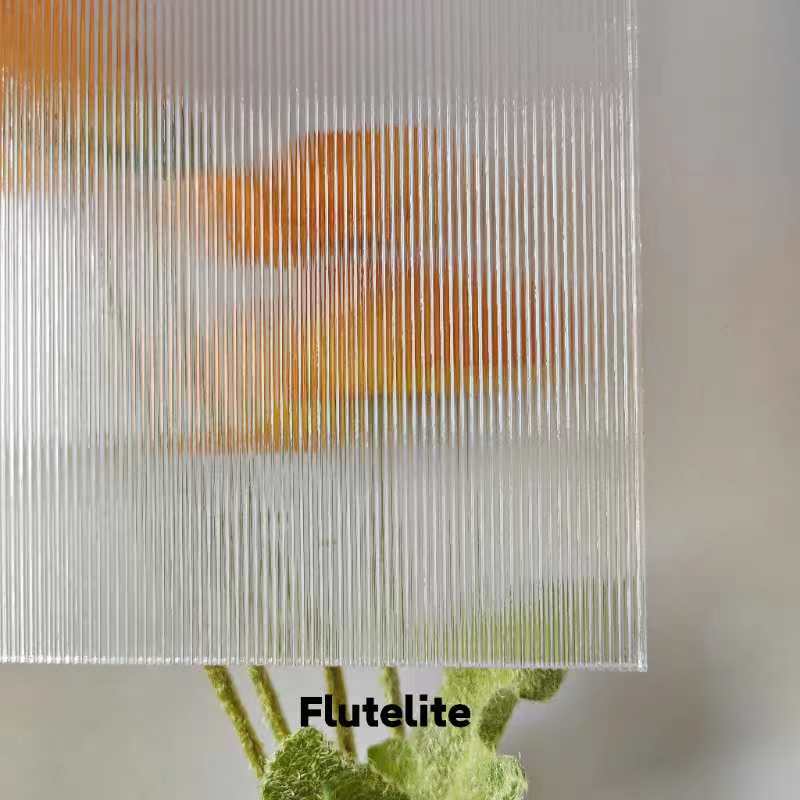

Understanding the Cost of Insulated Glass Per Square Foot
Insulated glass, often referred to as double or triple glazing, plays an integral role in modern construction and renovation projects. It is designed to improve energy efficiency by providing better insulation compared to single glazing. With increasing energy costs and heightened awareness of environmental sustainability, many homeowners and builders are considering insulated glass as a viable option. However, understanding the costs associated with insulated glass per square foot is crucial for making informed decisions.
What is Insulated Glass?
Insulated glass consists of two or more panes of glass separated by a layer of air or gas, typically argon or krypton, which acts as an insulator. This construction helps reduce heat transfer, keeping homes warmer in the winter and cooler in the summer. Additionally, insulated glass can minimize noise pollution and improve safety through enhanced structural integrity.
Cost Breakdown
The cost of insulated glass per square foot can vary significantly based on several factors, including the type of glass, the thickness of the panes, the space between panes, the type of gas used, and whether any additional coatings or treatments are applied. On average, insulated glass typically ranges from $5 to $15 per square foot.
1. Type of Glass Standard insulated glass units usually consist of clear or low-e (low emissivity) glass. Low-e glass is coated to minimize heat transfer and can add approximately $1 to $3 per square foot to the overall cost.
2. Pane Thickness Thicker panes of glass provide better insulation but are also more expensive. Homes in areas with extreme weather may benefit from thicker glass, even though it represents a higher initial investment.

3. Gas Fill Argon is the most common gas used between glass panes, while krypton is more efficient but also more expensive. The choice of gas can add to the overall cost, with krypton costing around $0.50 to $1 per square foot more than argon.
4. Coatings and Treatments Additional coatings, such as those that enhance UV protection or improve glare reduction, can significantly impact costs. These treatments are often recommended for regions with intense sunlight.
Installation Costs
While the material cost of insulated glass per square foot can provide a general idea, it’s essential to factor in installation costs, which can vary widely. Hiring a professional glazier or contractor to install insulated glass can add between $2 to $10 per square foot, depending on the complexity of the installation and the local labor rates.
Benefits vs. Costs
Despite the initial expense, investing in insulated glass can lead to substantial long-term savings on energy bills, reduced heating and cooling costs, and increased home comfort. Additionally, many homeowners find that the increased property value from upgraded windows can offset the installation costs over time.
Conclusion
When considering insulated glass for your home or commercial project, understanding the cost per square foot is essential. While the initial investment might seem significant, the benefits of energy efficiency, increased comfort, and noise reduction are invaluable. Always remember to consult with professionals to assess your specific needs, obtain accurate estimates, and explore potential savings through energy-efficient installations. By doing so, you can make a well-informed decision that balances upfront costs with long-term gains.